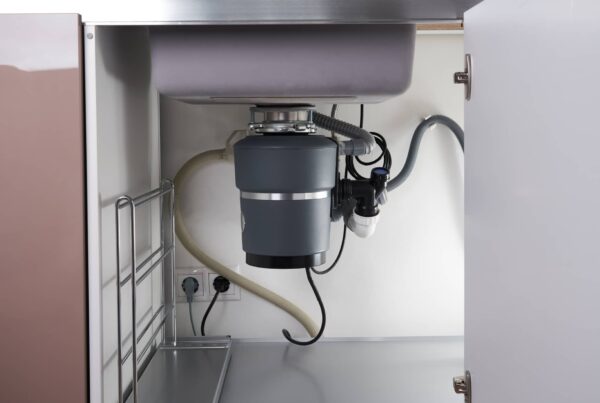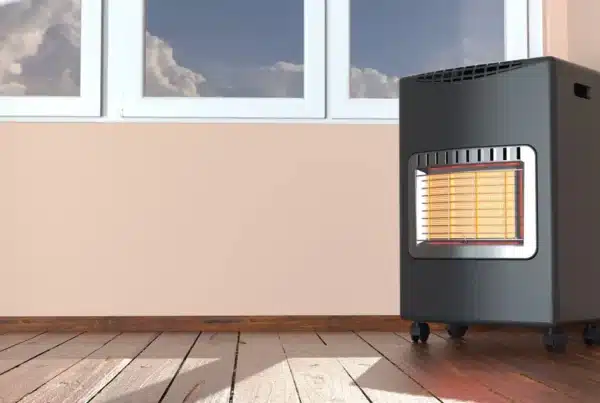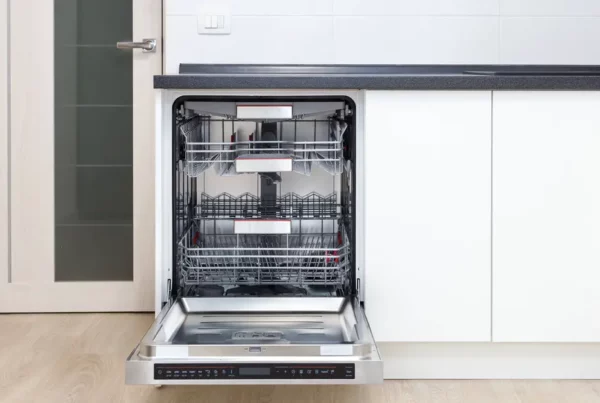
When it comes to owning a home, there are a lot of projects that must be completed. Keeping a maintenance schedule is one way to ensure that everything in your home is maintained properly. Additionally, read up on the recommended maintenance on all of your home’s working parts to ensure that you don’t miss any of them.
Consider everything from the HVAC system, plumbing system, electrical system, and even systems like the garage door. In the event that the garage door becomes squeaky, you will want to conduct maintenance. How to lubricate garage door? Use a specialty lubricant that is made specifically for garage doors and comes in an aerosol spray can.
Let’s take a look below at what we should use and how we should apply it to the garage door.
What Should I Do First
Before you go out and purchase a lubricant spray and just frivolously spray the lubricant across the entire door, inspect the moving parts of the door. Let’s take a look at what those parts are:
- Hinges – check to make sure the door hinges aren’t loose or need replacement bolts.
- Rollers – check to ensure that the metal rollers haven’t become worn and wobble.
- Entire door – check all nuts, bolts, and all moving parts to ensure they aren’t loose or worn down.
- Door chain – make sure that the garage door opener chain is tight and not causing the door to jerk as it moves.
What Should I Use
When it comes to lubricating a garage door and the moving parts, you have two types of lubrications to consider. Silicone-based or lithium-based lubricants offer varying advantages to their use. Let’s take a look at the two.
- Silicone-based lubricant – applied by a straw-like spray nozzle. This provides a clean and accurate application. The ability to hold up against a varying amount of temperature changes makes silicone spray a top choice to help maintain the parts of your garage door.
- Lithium-based lubricant – white lithium grease comes in a container tub or tubing. Applied by hand, which allows the homeowner to work an even amount into the bearings, hinges, and springs on the door. Keep the application to a minimum. This will avoid over-applying which can lead to dirt and dust collecting. Works like a charm and will keep the garage door working properly for many months to come.

How Do I Complete This Project
Believe it or not, lubricating the garage door could be a fairly simple task. However, if you do not have the time or patience to complete this home maintenance, call on a professional garage door technician to assist. The following are instructions on how to complete the lubrication of the garage door maintenance project.
- Make sure the garage door is closed and you have turned off the power to the door.
- Use a damp rag or towel to remove the dirt and debris from the inside and outside of the garage door tracks. Also, use an automotive brake cleaner to assist in loosening dirt and grime from the door tracks.
- Lubricate the hinges on the garage door and then open the door and lubricate the exposed parts of the hinges.
- Lubricate the rollers and their ball bearings. Also, remove any excess lubrication by wiping it away. Do not lubricate any nylon rollers.
- Lubricate the springs and bearing plates that are located at the top of the garage door. Open and close the door to allow for even distribution of the lubricant.
- Lubricate the lock (if one is present) and armbar. This will allow you to lock the door.
- Lubricate the top rail in the middle of the garage door opener connection. Only lubricate the actual railing and not the chain. The chain already has lubricant grease.
How Much Does It Cost
The can of lubrication for a garage door can typically cost between $10 and $20. However, if you have to hire a professional garage door technician, they will end up charging you the labor fee. This will typically cost you around $75.
Other Recommended Maintenance
Now that you have read up on the best lubricant to use and how to apply it to the garage door, go ahead and determine what else could use maintenance. Fixing a squeaky garage door can include more than just quick lubrication of parts. Always be sure that you read up on all parts and working pieces of your garage door before you tackle any maintenance.
Next, while you are fixing your squeaky garage door and lubricating the moving parts, it would be a good idea to look into your garage door opener. It is possible that it is malfunctioning and needs to be replaced. So, make sure to read up on how long a garage door opener lasts to see if you need it replaced.
Lastly, if you don’t have vents in your garage, double-check to see if they are necessary. Additionally, this project could be completed in a variety of ways. Depending on where you live, you may need to have vents installed in your garage to assist in air circulation.

When Do I Call A Professional
Getting your garage door serviced is just as important as getting your HVAC system serviced. With a multitude of moving parts and pieces, a garage door needs to be cared for. If you aren’t exactly sure the best course of action with regards to the garage door, reach out to a professional garage door contractor. If you aren’t sure who to call, reach out to your local home inspection team. They can inspect the entire garage during a whole house inspection. Also, the home inspection team can recommend a reputable professional garage door contractor.
Conclusion
Using the correct lubricant to clean your garage door parts and keep them in top working shape should be at the top of any homeowner’s maintenance list. Your garage door gets just as much use as any major system in your home. Just like your major systems in the home, in order to keep a garage door’s longevity of 15 to 30 years, you must maintain it. Call Waypoint Property Inspection to inspect your home in Tampa, St. Petersburg, Lakeland, Orlando, Palm Beach, Ft. Lauderdale, and surrounding areas.



